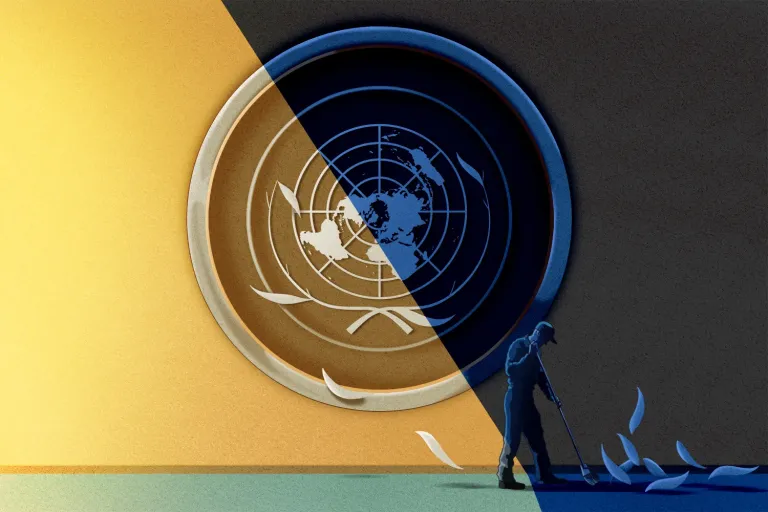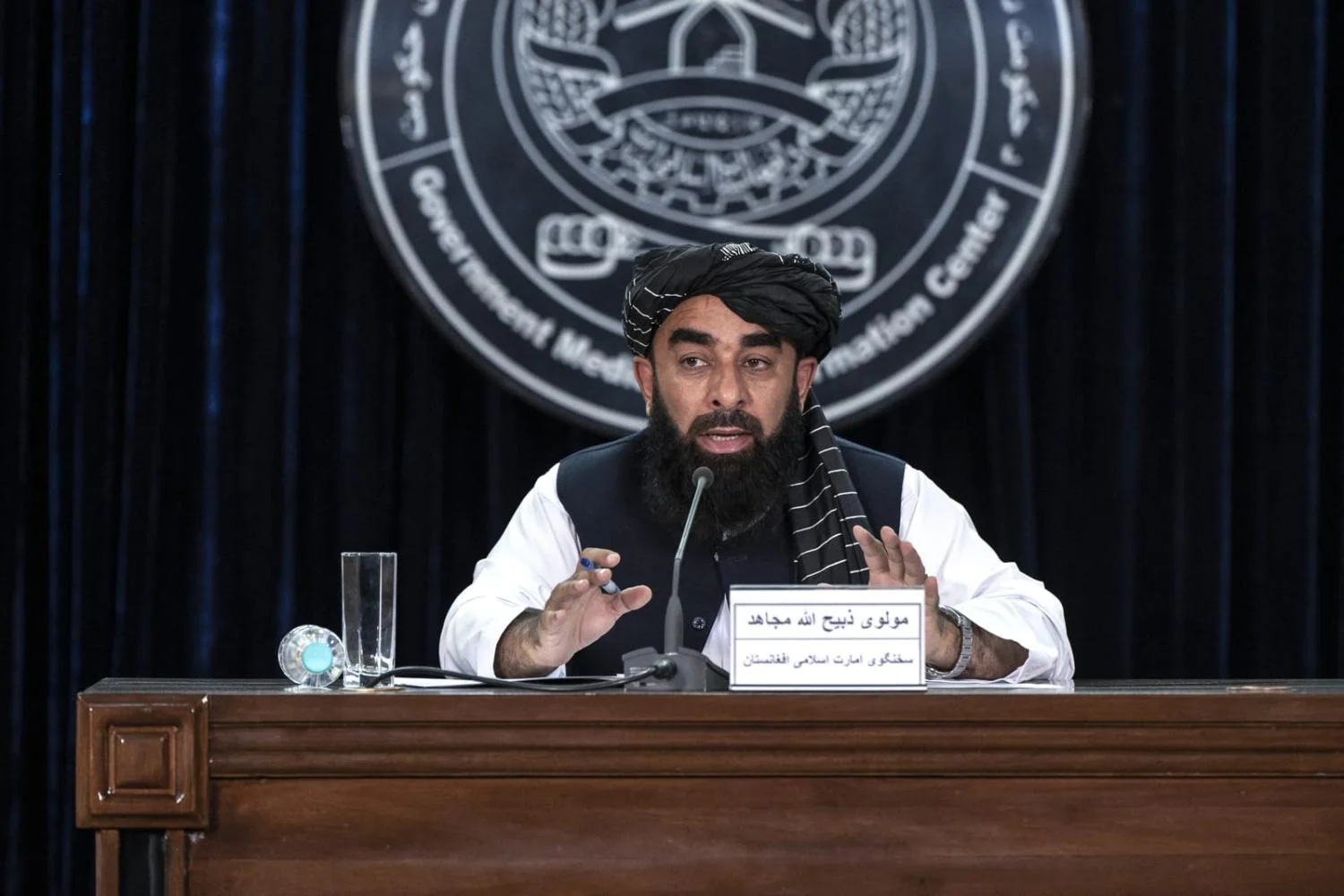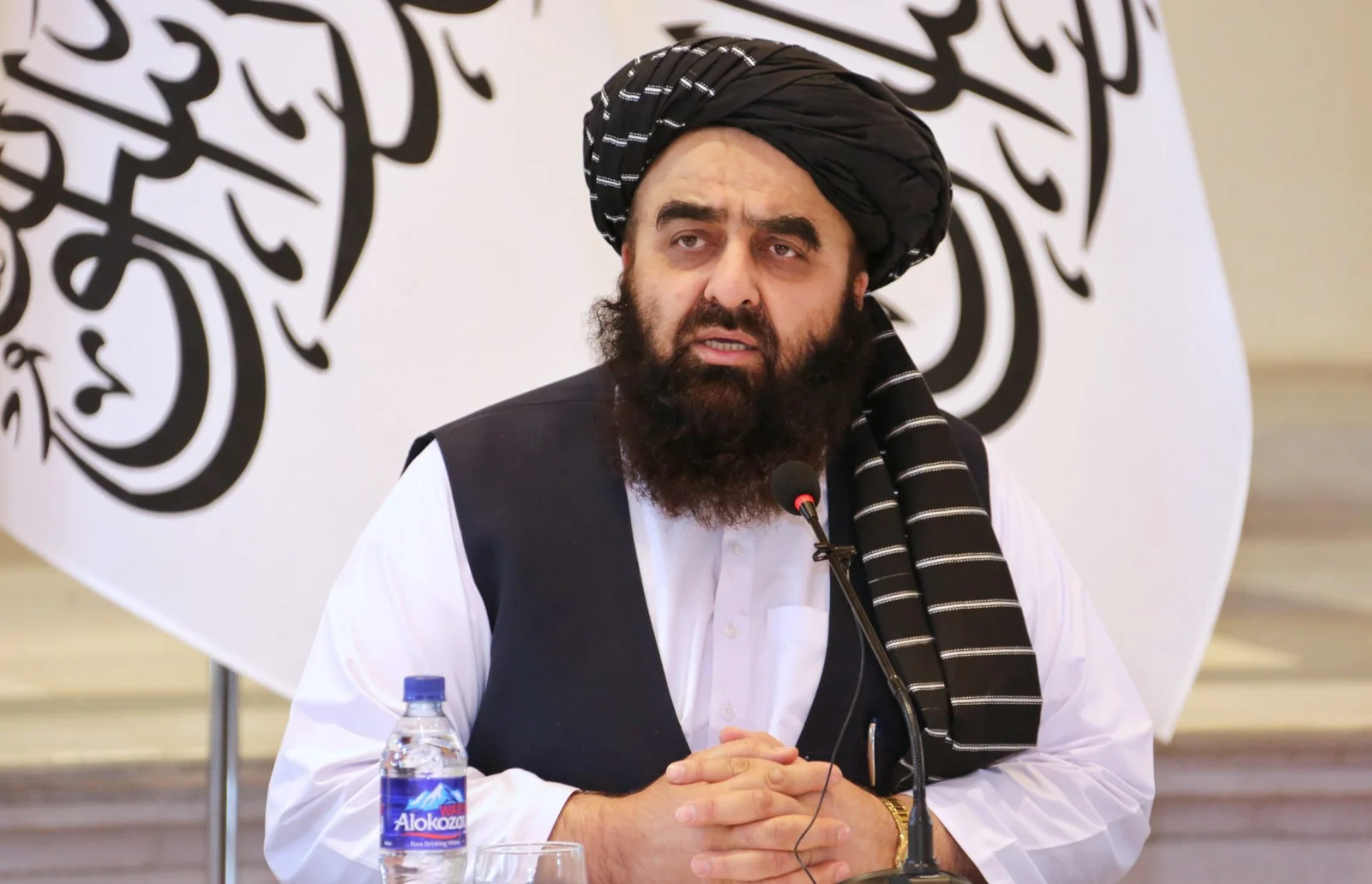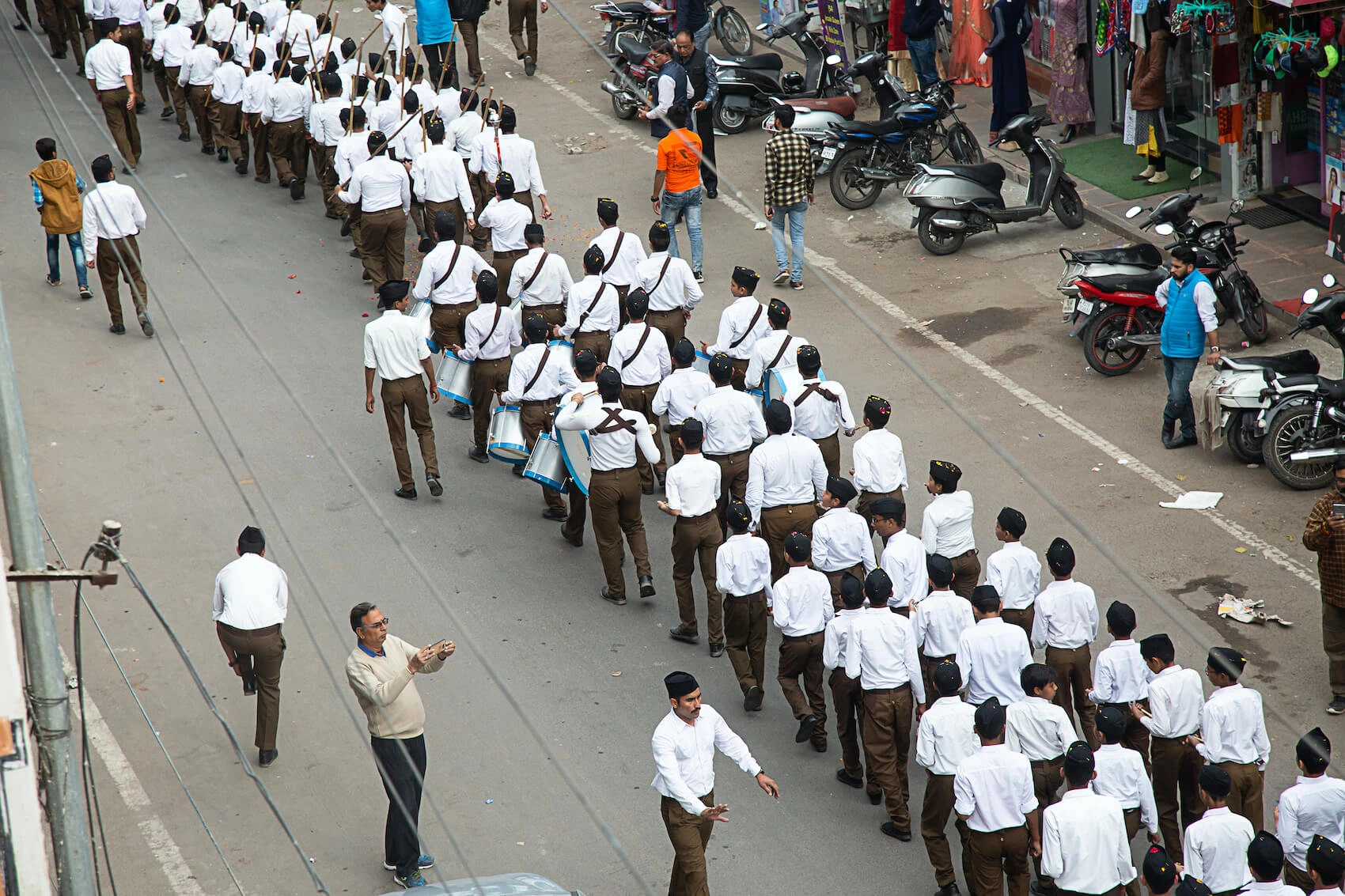U.S. immigration detention is filled to capacity at 47,600 detainees, a senior U.S. Immigration and Customs Enforcement official said on a call with reporters on Wednesday, adding that the Trump administration was seeking more bed space.
The official, who requested anonymity as a condition of the call, said ICE was expanding its bed count with support from the U.S. Defense Department, U.S. Marshals Service and Bureau of Prisons.
ICE is currently funded to house an average of 41,500 detainees. The official said the agency was working with U.S. lawmakers to secure more detention funding.
Also See: ICE Deports Over 270,000 People Over 12-Month Period
U.S. President Donald Trump, a Republican, has vowed to deport record numbers of migrants in the U.S. illegally, saying it is needed after high levels of illegal immigration under his Democratic predecessor, Joe Biden. Trump’s border czar Tom Homan said in December 2024 that the administration would need at least 100,000 beds for the mass deportation effort.
ICE has stepped up arrests since Trump took office on January 20, including of immigration violators with no other criminal charges or convictions.
From January 20-March 10, ICE made about 32,800 arrests, of whom 27% were alleged immigration violators with no other criminal charge or conviction, the ICE official said.
The Biden administration in all of fiscal year 2024 made 113,400 total arrests, ICE figures show.
While ICE arrests have risen, initial Trump deportations have lagged Biden averages last year, Reuters reported in February. However, Biden-era deportations figures were boosted by high numbers of migrants caught illegally crossing the U.S.-Mexico border who were then rapidly deported or returned to Mexico.
This news is sourced from Reuters and is intended for informational purposes only.

![U.S. immigration detention hits capacity at 47,600 detainees as Trump boosts arrests and seeks more beds for deportations. [Image via Reuters/File]](https://southasiatimes.org/wp-content/uploads/2025/03/N43S6I4MLRIPZPH65D2LVG2DPY.webp)




